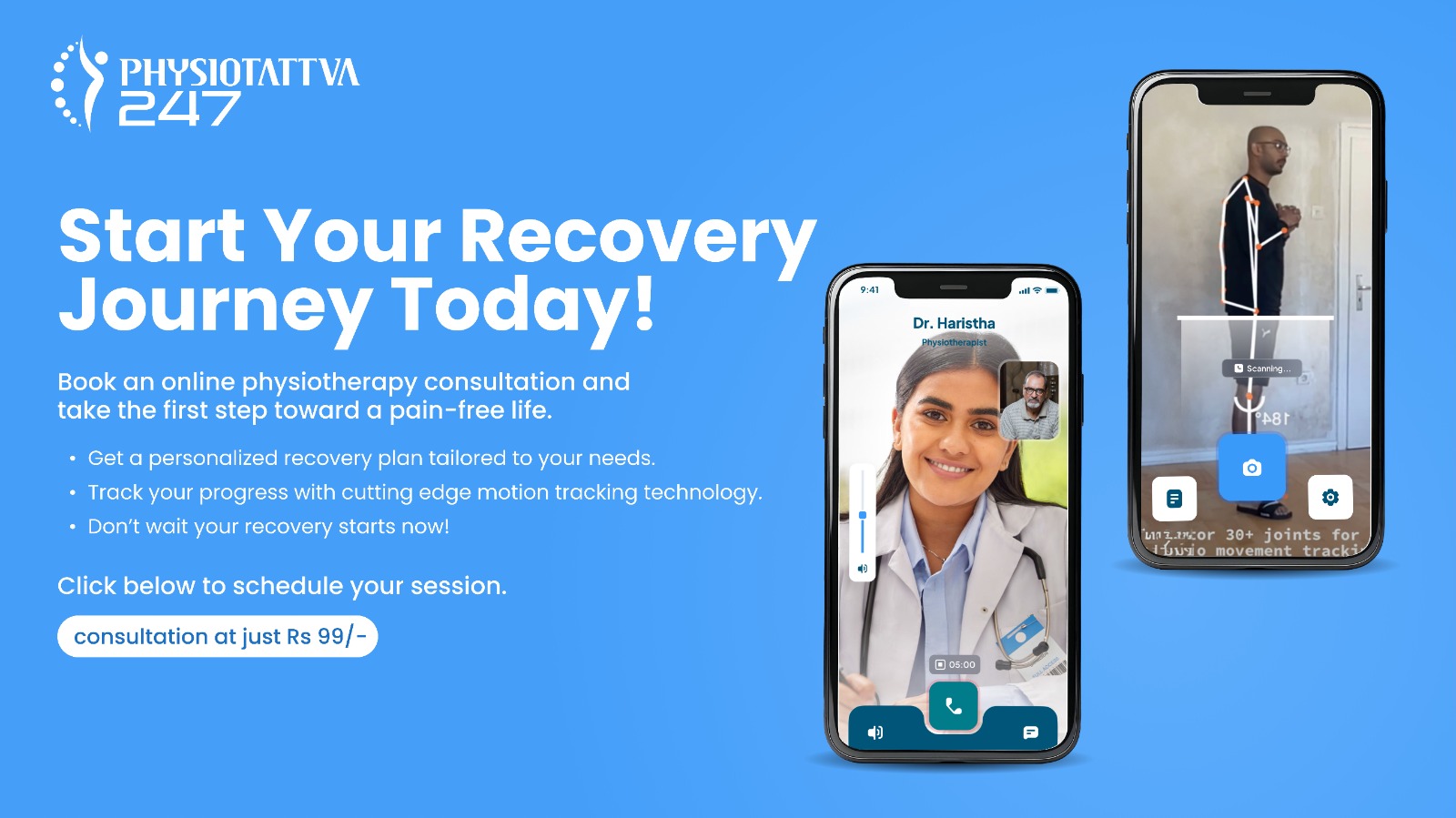What is Hot and Cold Therapy?
Hot and cold compression therapy refers to the use of heat therapy (thermotherapy) and cold therapy (cryotherapy) as complementary treatments for musculoskeletal and soft tissue injuries. Alternating between these methods can promote recovery, reduce inflammation, and ease pain by targeting different physiological mechanisms. Together, they form the foundation of hot and cold therapy, a widely recommended, non-invasive strategy for managing pain and enhancing healing outcomes.
Using tools like hot water bottles, heating pads, cold water packs, or refrigerated gel pads, individuals can apply thermal stimuli to specific body areas. Alternating these treatments, known as alternating ice and heat therapy or contrast therapy, helps increase blood circulation, relax muscles, and reduce swelling. When used correctly, hot and cold compress methods are effective in treating common conditions like joint stiffness, sprains, strains, or post-exercise soreness.
Below is a breakdown of the two core modalities in hot and cold compression therapy:
Thermotherapy (Heat Therapy)
Thermotherapy involves the controlled application of heat to body tissues, aiming to raise skin, intra-articular, and core temperatures. This increase in temperature promotes vasodilation (widening of blood vessels), enhancing local blood flow, relaxing tight muscles, and improving tissue flexibility. Heat therapy is especially effective for treating chronic muscle pain, joint stiffness, and delayed onset muscle soreness (DOMS) after workouts.
Common methods of heat therapy include:
- Hot water bottles
- Heated gel packs
- Warm baths or heated wraps
By improving circulation and reducing muscle tension, thermotherapy supports the recovery process and provides comfort during rehabilitation, whether administered in clinical settings or at home.
Cryotherapy (Cold Therapy)
Cryotherapy, or cold therapy, refers to the application of cold substances like ice or refrigerated packs to lower tissue temperature at the site of injury. This leads to vasoconstriction (narrowing of blood vessels), reduced blood flow, and numbing of the affected area, resulting in decreased inflammation, swelling, and pain. It’s especially useful within the first 48 hours of acute injuries such as sprains, bruises, or joint trauma.
Key forms of ice therapy include:
- Ice packs wrapped in a towel
- Ice cube massage (brief and in motion)
- Cold water immersion
- Using frozen vegetables as makeshift compresses
Cryotherapy is simple, low-cost, and highly effective when used appropriately. However, users should avoid direct skin contact with ice to prevent tissue damage.
When to use hot or cold compress depends on the nature and stage of the injury. Cold therapy is preferred for recent injuries and inflammation, while heat therapy is ideal for ongoing stiffness or muscle tightness. Used alternately, these approaches harness the benefits of both, delivering powerful hot and cold therapy benefits that accelerate recovery and restore function.
Types of Hot and Cold Therapy
Hot and cold therapy is available in various forms, depending on the type of injury or discomfort. The key is to understand the right heat or cold method for your specific need. Below is a breakdown of both heat therapy and cold therapy, including different application methods for each.
Types of Heat Therapy (Thermotherapy)
Applying heat to an inflamed area dilates blood vessels, promotes blood flow, and relaxes tight or sore muscles. This increased circulation helps flush out lactic acid buildup, often experienced after strenuous exercise. Heat therapy is particularly useful for chronic pain and stiffness. The main types of heat therapy include:
Local, Regional, and Full-Body Heat Applications
- Local therapy: For small, specific areas (e.g., stiff neck), using hot water bottles, gel packs, or hot and cold compress wraps.
- Regional therapy: For broader areas of discomfort (e.g., lower back), using heating pads or steamed towels.
- Full-body therapy: For generalised soreness or stress relief, using hot baths or saunas.
Dry Heat vs Moist Heat
- Dry heat: Includes electric heating pads, dry heat wraps, and saunas. Can be applied for longer durations (up to 8 hours).
- Moist heat: Includes steamed towels, hot baths, or heated gel packs. Acts faster and can be used for shorter durations (typically 20 minutes up to 2 hours).
Specialised Heat Applications
- Heated wax (paraffin) treatments
- Capsicum-based heat patches or rubs
- Ultrasound-based deep tissue heat therapy (used in professional settings)
Note: The applied heat should be “warm” and never scalding. Always test the temperature before applying to avoid burns.
Types of Cold Therapy (Cryotherapy)
Cold therapy works by narrowing blood vessels (vasoconstriction), reducing blood flow to the injured area, which in turn limits swelling, inflammation, and pain. It also numbs nerve endings, temporarily blocking pain signals to the brain. This form of ice therapy is ideal within the first 48 hours of acute injury. The types of cold therapy include:
Common Cold Therapy Methods
- Cold compress or ice packs applied for 20 minutes every 4–6 hours
- Ice massage using an ice cube in circular motion for up to 5 minutes
- Cold water immersion (not freezing), ideal for larger areas like legs
- Reusable gel packs or bags of frozen vegetables wrapped in cloth
Advanced Cold Therapy Techniques
- Cryokinetics: Combining cold application with gentle movement to assist in ligament healing
- Cryostretching: Using cold to reduce muscle spasms during stretches
- Whole-body cryotherapy chambers (typically in athletic or wellness facilities)
Note: Avoid applying ice directly over bony areas like the spine and never apply ice longer than recommended to prevent skin or nerve damage.
By choosing the right type of hot and cold therapy, individuals can improve healing efficiency, manage pain effectively, and recover faster. When used alternately, these methods provide a powerful and natural approach to musculoskeletal care.
Risks of Heat and Cold Therapy
Hot and cold therapy is widely used for relieving pain, reducing inflammation, and aiding recovery from injuries. However, incorrect or prolonged use of either heat therapy or cold therapy can lead to unwanted side effects. It is essential to follow proper guidelines to ensure safe and effective application of hot cold compression therapy.
Risks of Heat Therapy
Heat therapy is most effective when used at safe, “warm” temperatures and for appropriate durations. Misuse can aggravate symptoms or cause further damage.
Potential risks include:
- Skin burns if the temperature is too high or if heating pads are applied for too long
- Worsened inflammation if applied to recent or acute injuries
- Spread of infection when heat is applied over an infected area
- Increased swelling in some cases of acute trauma
- Not suitable for acute injuries like fresh sprains or strains
- Delayed medical intervention if heat is overused without improvement—consult a doctor if heat or cold for muscle pain persists beyond a few days
Safe practice tips:
- Apply heat only for 15–20 minutes per session
- Avoid direct contact of heat source with bare skin
- Discontinue use if pain increases or swelling appears
Risks of Cold Therapy
Cold therapy, or ice therapy, is commonly used within the first 48 hours of an injury. While highly effective, it must be applied cautiously to avoid complications.
Potential risks include:
- Skin, tissue, or nerve damage from prolonged or direct application of ice
- Worsening of muscle tension if used excessively in certain areas
- Discomfort or intolerance in individuals with sensitivity to cold
- Not suitable for chronic conditions like arthritis, where it may worsen stiffness
- Delayed healing due to reduced blood flow if overused
- Potential complications for people with cardiovascular disease—medical supervision is advised
Cold therapy methods such as cold compress or alternating ice and heat therapy, should be used as per clinical guidelines. If swelling or pain doesn’t improve within 48 hours, it’s important to seek medical advice.
Understanding the appropriate use of hot and cold therapy ensures safe recovery and prevents avoidable risks. Whether using a hot and cold compress at home or receiving hot and cold therapy for back pain in a clinic, always follow professional guidance for best results.
Benefits of Hot and Cold Therapy
When applied appropriately, hot and cold therapy offers a range of physiological and functional benefits. Alternating between heat therapy and cold therapy can be especially effective for both acute and chronic musculoskeletal conditions. Whether using a hot and cold compress at home or receiving supervised treatment in a clinic, here are the key advantages:
Benefits of Heat Therapy
- Relaxes muscles and reduces stiffness
- Improves circulation, which supports tissue healing
- Reduces pain by stimulating the release of endorphins
- Minimises muscle spasms, especially in overused or strained areas
- Provides comfort and relief in chronic pain conditions
- Aids recovery by flushing out lactic acid post-exercise
Benefits of Cold Therapy
- Reduces inflammation by constricting blood vessels
- Numbs pain in the affected area through local anaesthesia effect
- Decreases muscle spasms and prevents further tissue damage
- Suitable for acute injuries like sprains, strains, and bruises
- Helps control swelling when used within the first 48 hours of injury
Combined Hot and Cold Therapy Benefits
- Accelerates recovery by optimising blood flow and reducing inflammation
- Helps in minimising soreness after physical activity
- Can improve energy levels and alertness post-treatment
- Supports better mood and well-being through pain relief and muscle relaxation
When deciding when to use hot or cold compress, it’s important to match the method to the condition- ice therapy for new injuries, and heat therapy for stiffness and chronic pain. Used alternately, hot cold compression therapy offers a holistic approach to natural pain relief.
What Conditions Can Hot and Cold Therapy Help With?
Hot and cold therapy is commonly used to treat a range of musculoskeletal and inflammatory conditions. Choosing between heat therapy, cold therapy, or a combination depends on the type, cause, and stage of the injury or discomfort. Below are conditions best treated with each:
Conditions That Benefit from Heat Therapy
Heat therapy is often recommended in these situations to ease discomfort and improve flexibility:
- Chronic pain conditions, including lower back and neck pain
- Stiff muscles or joints needing warming before activity
- Tendonitis with ongoing stiffness and irritation
- Osteoarthritis (non-inflammatory phase)
- Muscle spasms or cramping in the back or shoulders
- Postural strain or pain from repetitive movement
- Headaches triggered by neck stiffness or spasms
Using a hot and cold compress alternately can sometimes help manage overlapping symptoms such as soreness after exertion followed by delayed stiffness.
Conditions That Benefit from Cold Therapy
Consider using cold therapy in these situations to quickly calm inflammation and numb discomfort:
- Recent injuries, especially within the first 48 hours (sprains, strains, and contusions)
- Osteoarthritis flare-ups with swelling
- Tendonitis or tendinitis after physical activity
- Gout attacks, to reduce joint inflammation
- Muscle strains with acute swelling
- Migraines or headaches, using cold wraps or masks over the forehead
- Impact injuries, such as bruises or knocks to joints and muscles
Cold therapy, whether via ice therapy, immersion, or a cold compress, helps reduce inflammation, numb pain, and prevent tissue damage.
Hot and Cold Therapy for Back Pain
Hot and cold therapy for back pain offers targeted relief by combining cold application for inflammation control and heat application for muscle relaxation and mobility support. Key benefits include:
- Immediate relief with cold therapy: Applying a cold compress or ice therapy within the first 48 hours helps reduce inflammation, swelling, and sharp pain after an acute back injury.
- Improved circulation with heat therapy: Once swelling subsides, heat therapy promotes blood flow, loosens tight muscles, and aids healing in chronic or overused back muscles.
- Effective for postural strain: Alternating hot and cold compress application helps relieve lower back stiffness from poor posture or long sitting hours.
- Supports long-term recovery: Regular use of hot cold compression therapy may reduce flare-ups and improve flexibility, especially in individuals with recurring or chronic back pain.
This simple, drug-free approach helps manage recurring back pain and improves recovery without invasive treatments or long-term medication use.
When Should You Not Use Hot and Cold Therapy?
While hot and cold therapy is generally safe, there are specific conditions and situations where it should be avoided or used only under medical supervision. Applying heat therapy or cold therapy incorrectly can worsen symptoms or cause serious complications, especially in individuals with underlying health issues.
When Not to Use Heat Therapy
Heat therapy should be avoided in these situations to prevent complications or worsening symptoms:
- The area is swollen, bruised, or inflamed- cold therapy is more appropriate in such cases.
- There is an open wound, burn, or skin condition like dermatitis.
- You have poor heat sensitivity (e.g., from diabetes or peripheral neuropathy).
- You suffer from vascular disease, deep vein thrombosis, multiple sclerosis (MS), or malignant tumours.
- You're pregnant or have hypertension- consult a doctor before using heat packs, saunas, or hot tubs.
- You recently had bleeding, surgery, or trauma to the area.
- The area feels numb or hot to touch- heat can worsen the condition.
When Not to Use Cold Therapy
Cold therapy isn’t suitable in the following cases and may require medical advice before use:
- You have poor circulation or conditions like Raynaud’s disease or peripheral vascular disease.
- The affected area is already numb, or you have a sensory disorder (e.g., from diabetes).
- You’re experiencing muscle cramps- cold therapy can make these worse.
- There is an open wound, blistered skin, or fragile skin.
- You have cold hypersensitivity, skin anaesthesia, or cold-induced conditions like cryoglobulinemia or cold urticaria.
- You are about to engage in an activity- cold reduces flexibility and may increase injury risk.
- The injury involves a regenerating peripheral nerve, where cold can interfere with healing.
In all cases, hot cold compression therapy should be applied with care. If pain, swelling, or discomfort worsens, or if you're managing a medical condition, speak to a physiotherapist or healthcare provider before continuing with heat or cold for muscle pain.
How to Prepare for Hot and Cold Therapy?
To safely and effectively use hot and cold therapy at home, it’s important to gather the right tools and set up your environment in advance. Preparation ensures you apply the therapy correctly and avoid burns, frostbite, or delayed treatment effects. Whether you're using heat therapy, cold therapy, or combining both through hot cold compression therapy, follow these simple steps before beginning:.
- Check the electrical heating pad for any signs of damage or overheating; test temperature on your hand before use.
- Prepare reusable gel packs; heat them in the microwave or chill them in the freezer based on the intended use.
- Take out frozen vegetables (like peas or corn) as a backup option for a cold compress, wrapped in a cloth.
- Keep clean towels ready; one soaked in warm water for heat, and another in cold water for cooling if using manual compresses.
- Set a timer to ensure therapy is applied only for the recommended duration (usually 15–20 minutes).
- Clean the skin before application to avoid irritation and check for wounds or inflammation.
Proper setup enhances the effectiveness of hot and cold therapy and ensures your session is both safe and comfortable.
Alternating Cold and Heat
Using hot and cold therapy in turns, called alternating or contrast therapy, can help ease pain and speed up recovery. When you apply cold therapy, it narrows the blood vessels and reduces swelling and pain. Once the cold is removed, the area warms up and blood flow increases, which helps deliver oxygen and nutrients to support healing.
This switch between cold and heat can be especially helpful for sore muscles after exercise, joint pain from osteoarthritis, or minor injuries. Also known as alternating ice and heat therapy, this method is often used in sports and physiotherapy settings. It’s a simple part of hot cold compression therapy that can improve circulation, reduce discomfort, and support faster recovery, especially when used under professional guidance.
Aftercare and Recovery: Results of Hot and Cold Therapy
After applying hot and cold therapy, the treated area typically experiences reduced pain, decreased swelling, and improved flexibility. Heat therapy enhances blood flow, promoting tissue repair and muscle relaxation, while cold therapy limits inflammation and slows nerve activity to relieve pain. Together, they support faster healing and improved mobility. You may feel temporary numbness or warmth after use, which is normal. Regular sessions can aid long-term recovery, especially when combined with physiotherapy exercises and rest.
For best results, recovery after hot and cold compression therapy should include gentle movement and hydration to support circulation and tissue repair. It's important to monitor how your body responds; if discomfort persists or worsens, consult a physiotherapist. While temporary relief is common, consistent application based on injury type and severity can lead to lasting benefits. When used correctly, hot and cold therapy not only accelerates healing but also helps prevent further strain or reinjury during physical activity or rehabilitation.
Personalised Pain Relief Solutions with Physiotattva’s Hot and Cold Therapy
At Physiotattva, we provide expert hot and cold therapy to effectively manage pain and accelerate recovery. Our tailored approach incorporates personalised treatment plans using heat and cold applications to reduce inflammation, alleviate discomfort, and enhance muscle relaxation. We combine these therapies with targeted physical exercises and holistic wellness strategies to optimise your overall health. Trust Physiotattva to guide you through effective pain relief and rejuvenate your well-being.
At Physiotattva physiotherapy clinics in Bangalore and Hyderabad, you receive personalised care tailored to your specific needs, ensuring effective results and comfort throughout your journey to recovery.
Don’t wait to start your recovery! Get in touch with Physiotattva for more details! Contact us at +91 89510 47001.


.webp)

-Physiotherapy.webp)
-for-Shoulder-Pain-Relief.webp)
-for-Knee-Pain-Relief.webp)


-for-Back-Pain-Relief%20(1).webp)





.webp)











.webp)


.webp)
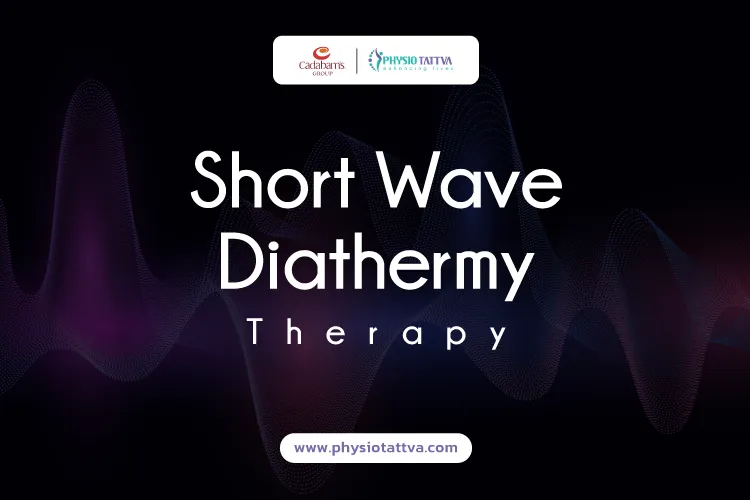
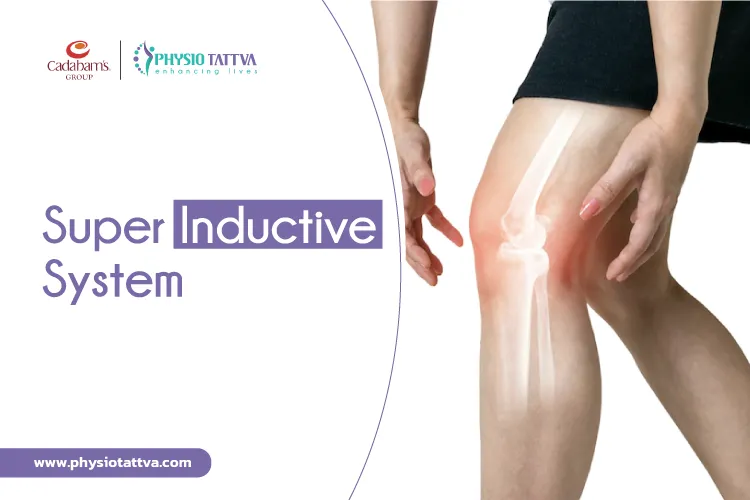
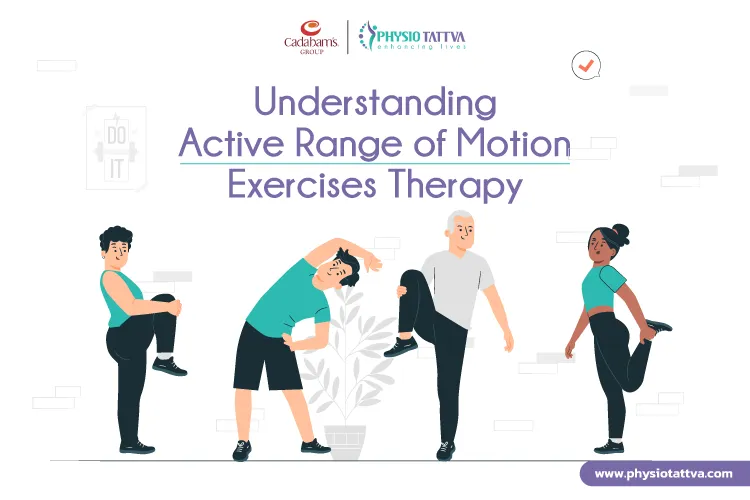


.webp)


.webp)
.webp)

.webp)
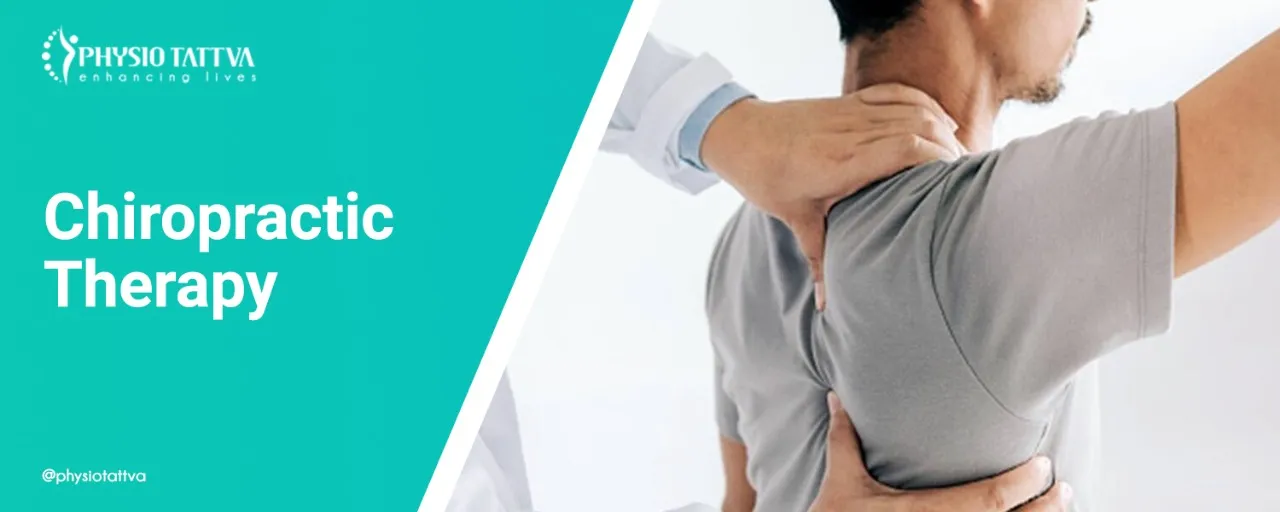
.webp)
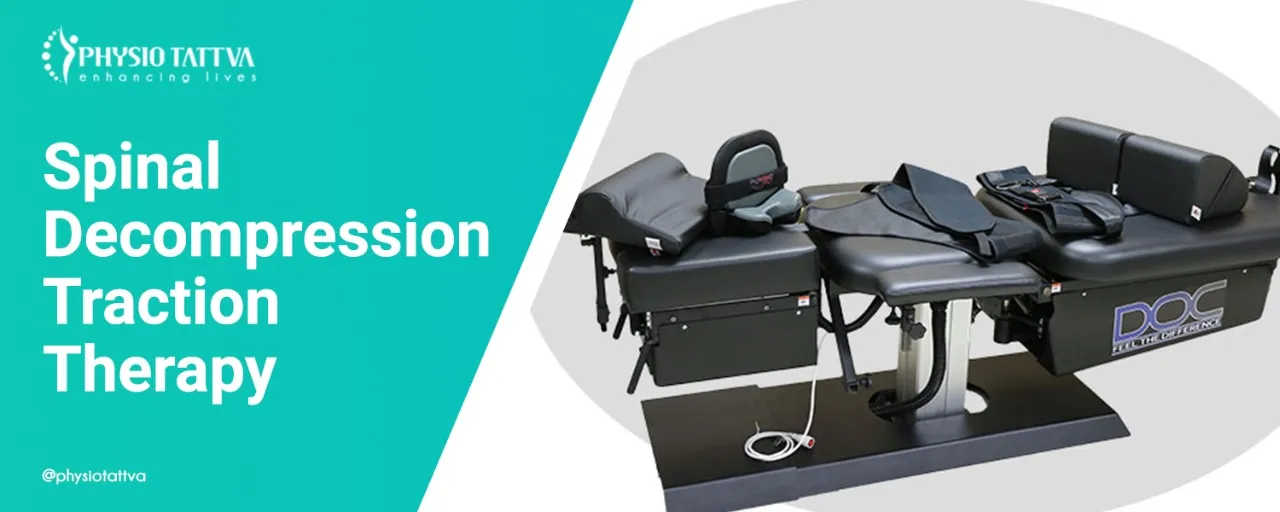
.webp)
.webp)
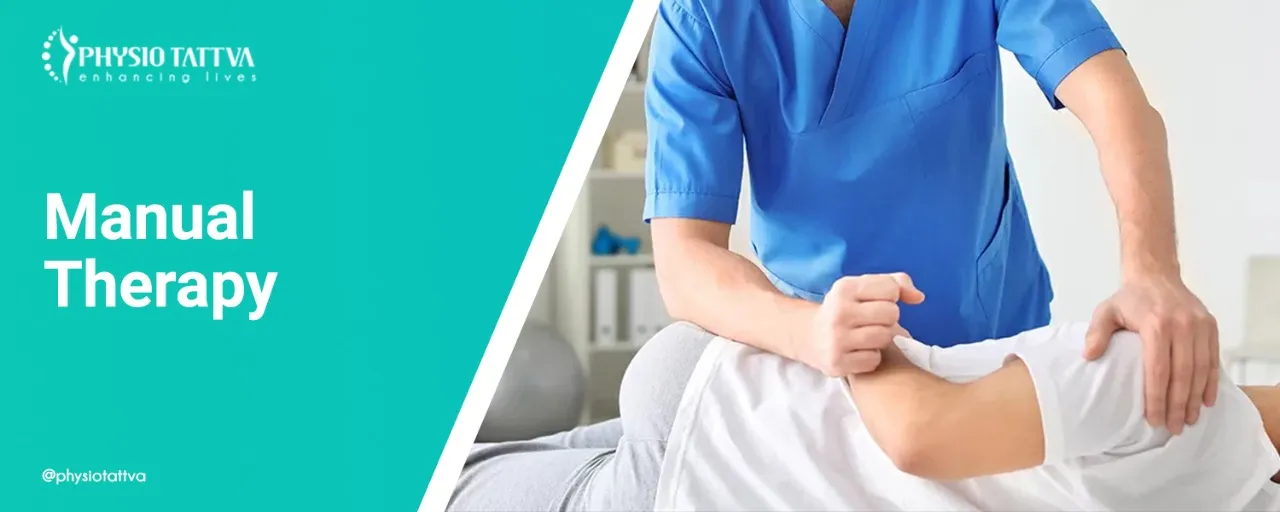
.webp)








.webp)
.webp)


.jpeg)

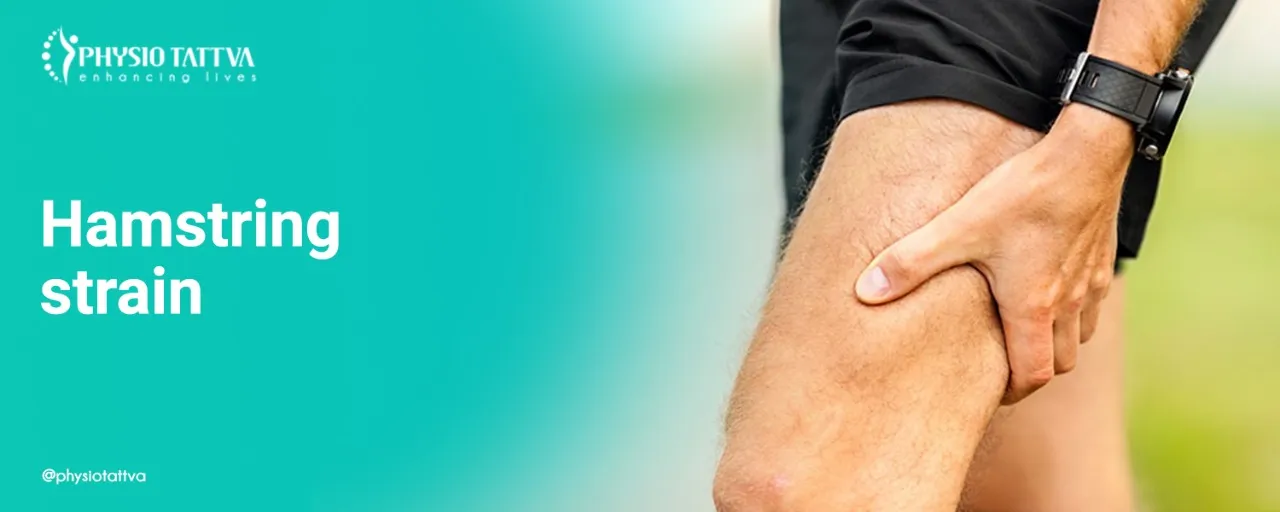

.webp)



.webp)
.webp)

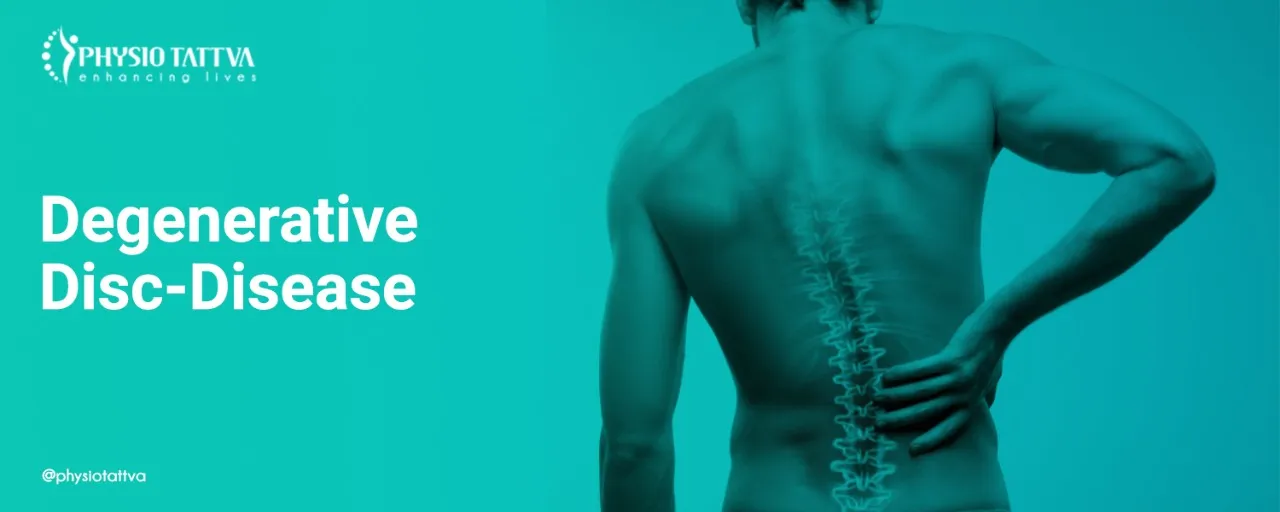






.png)





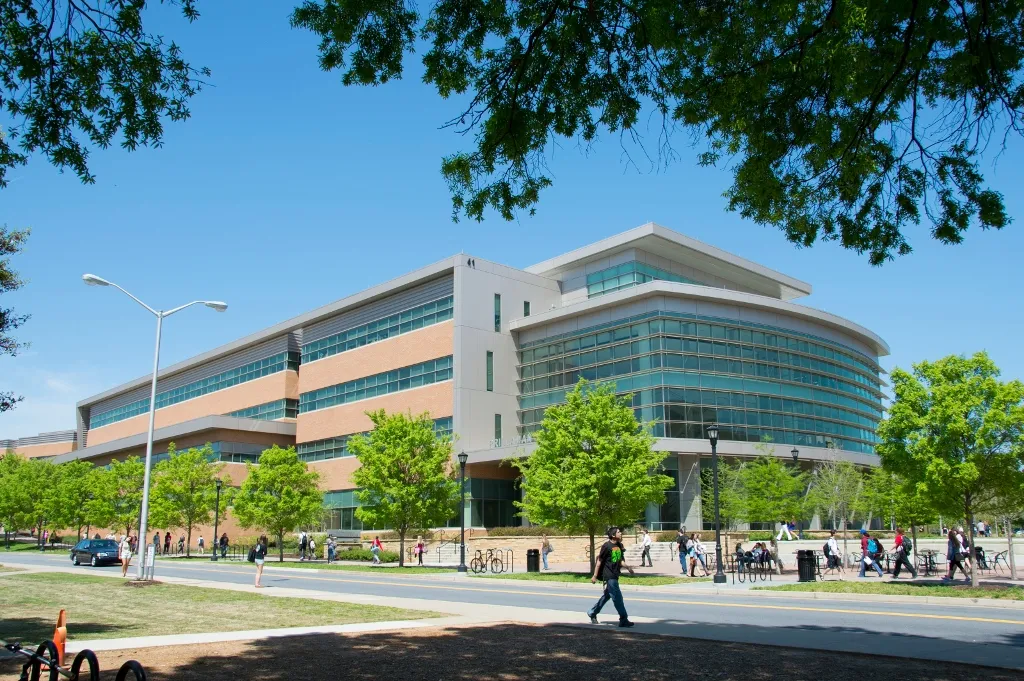



%20(1)-p-3200.jpeg)

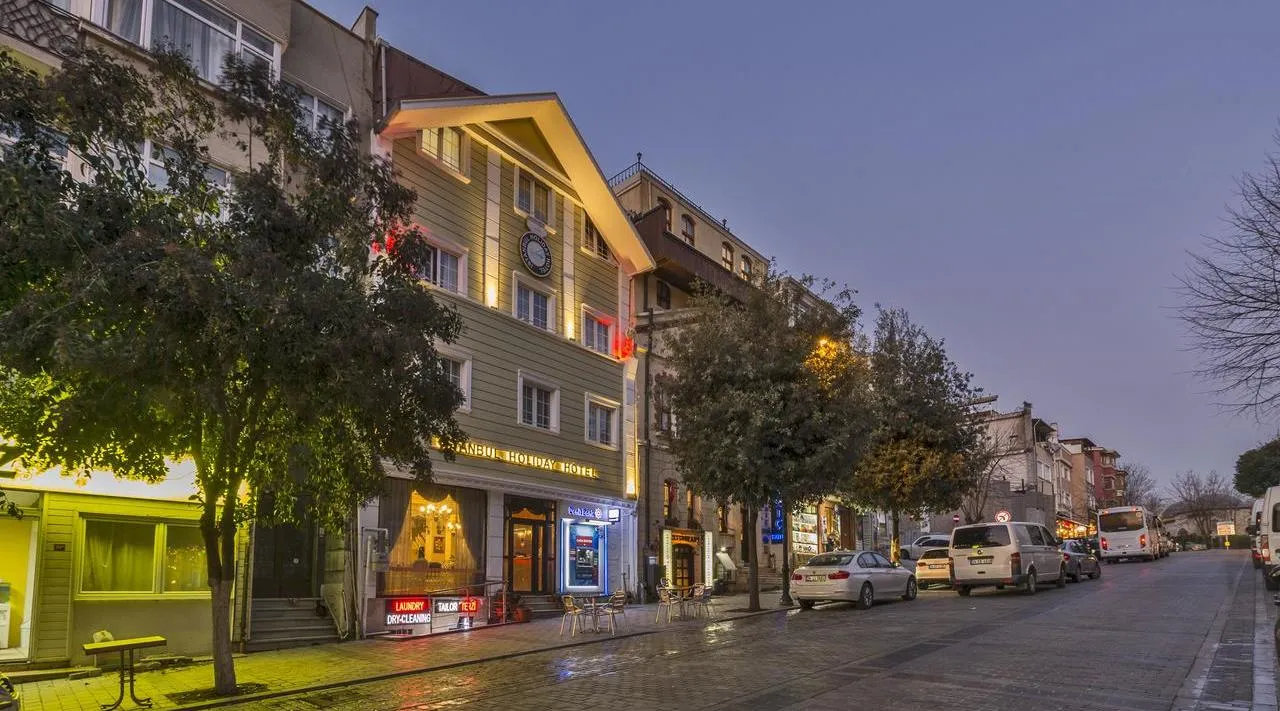
.jpg)
.webp)
.webp)
.webp)




